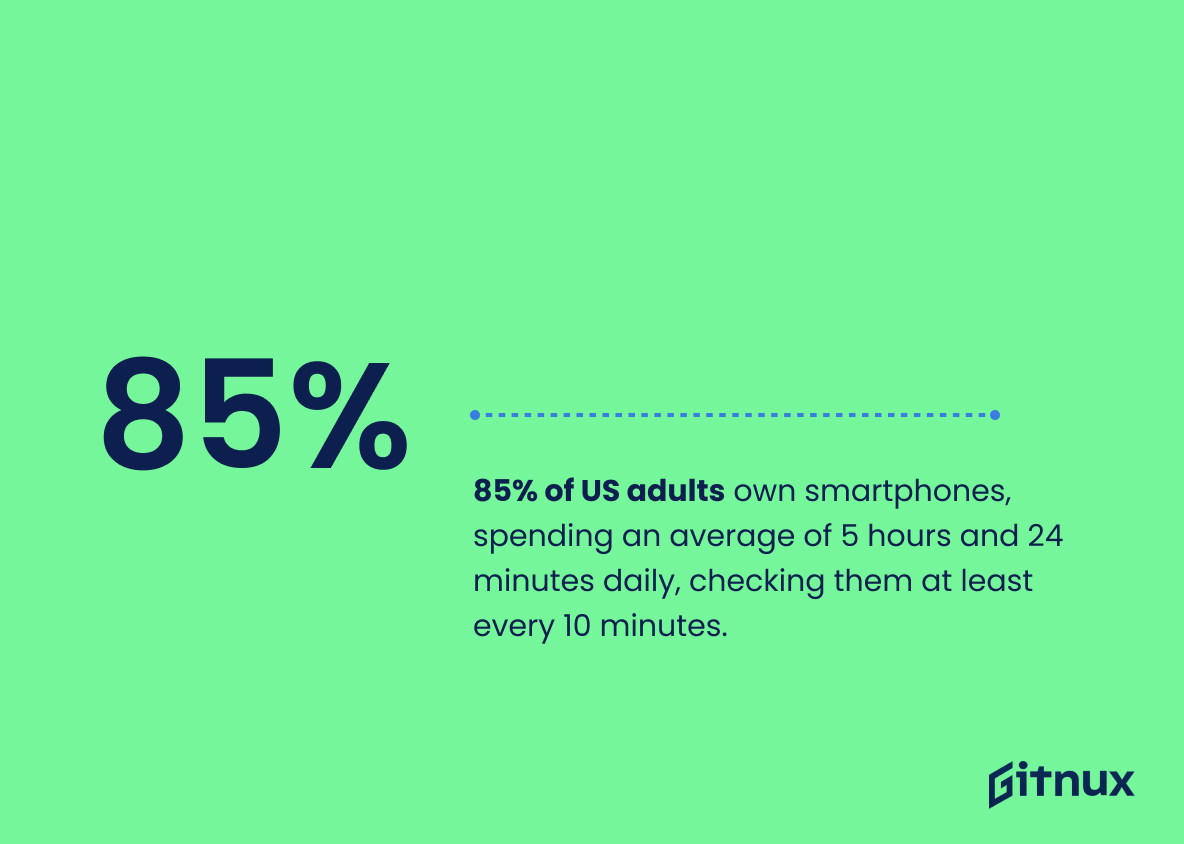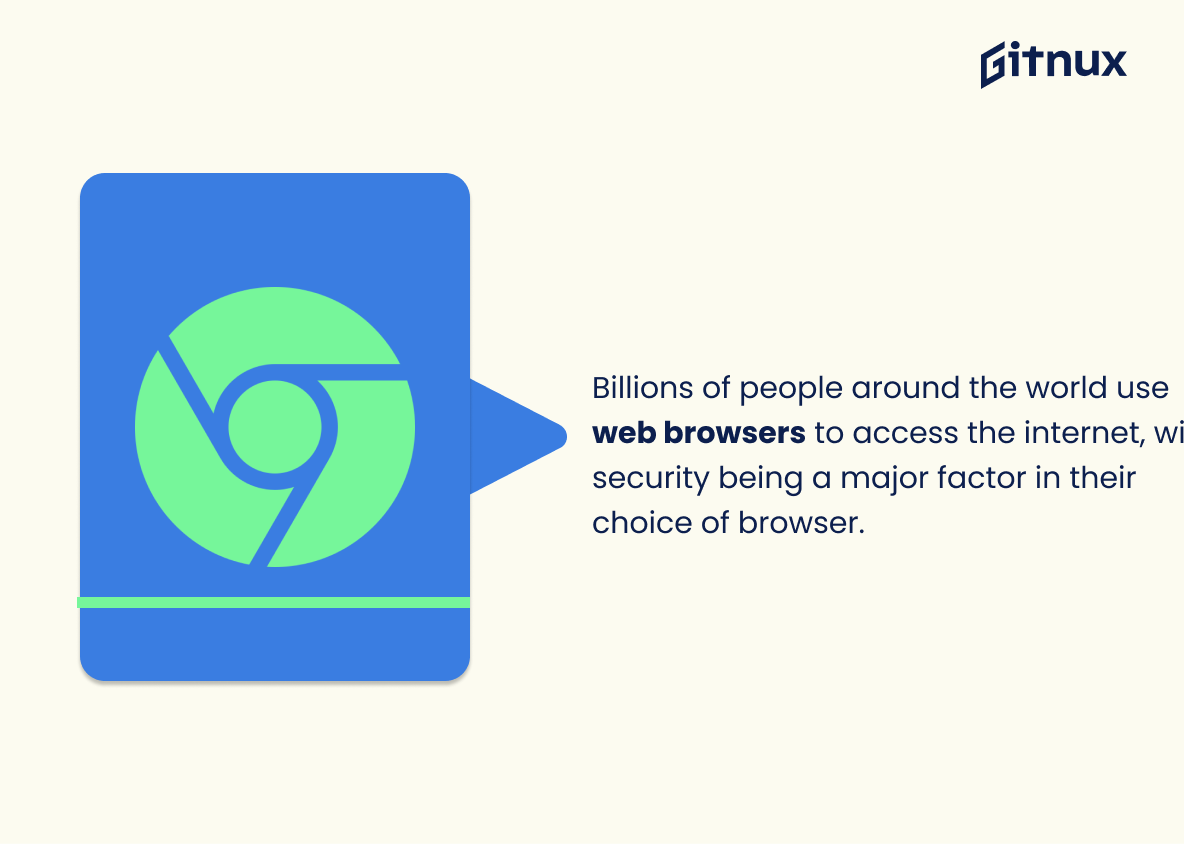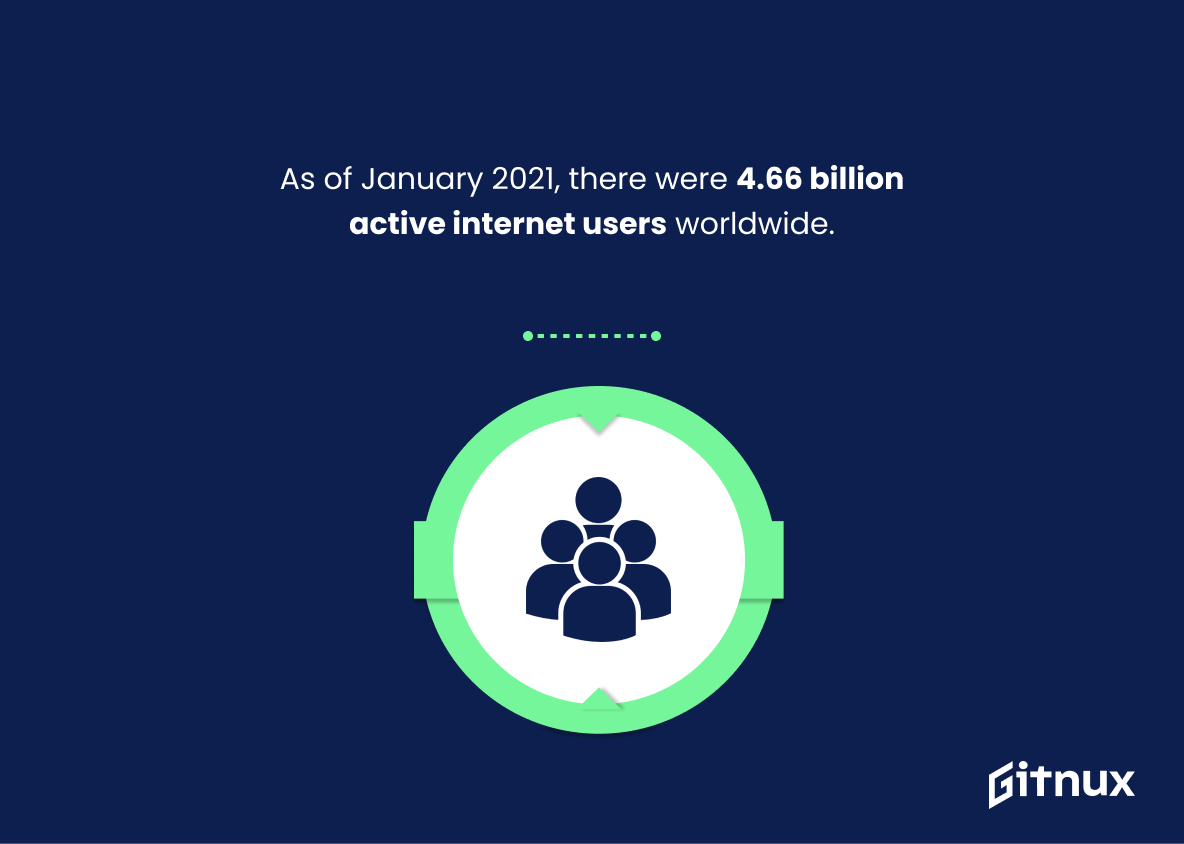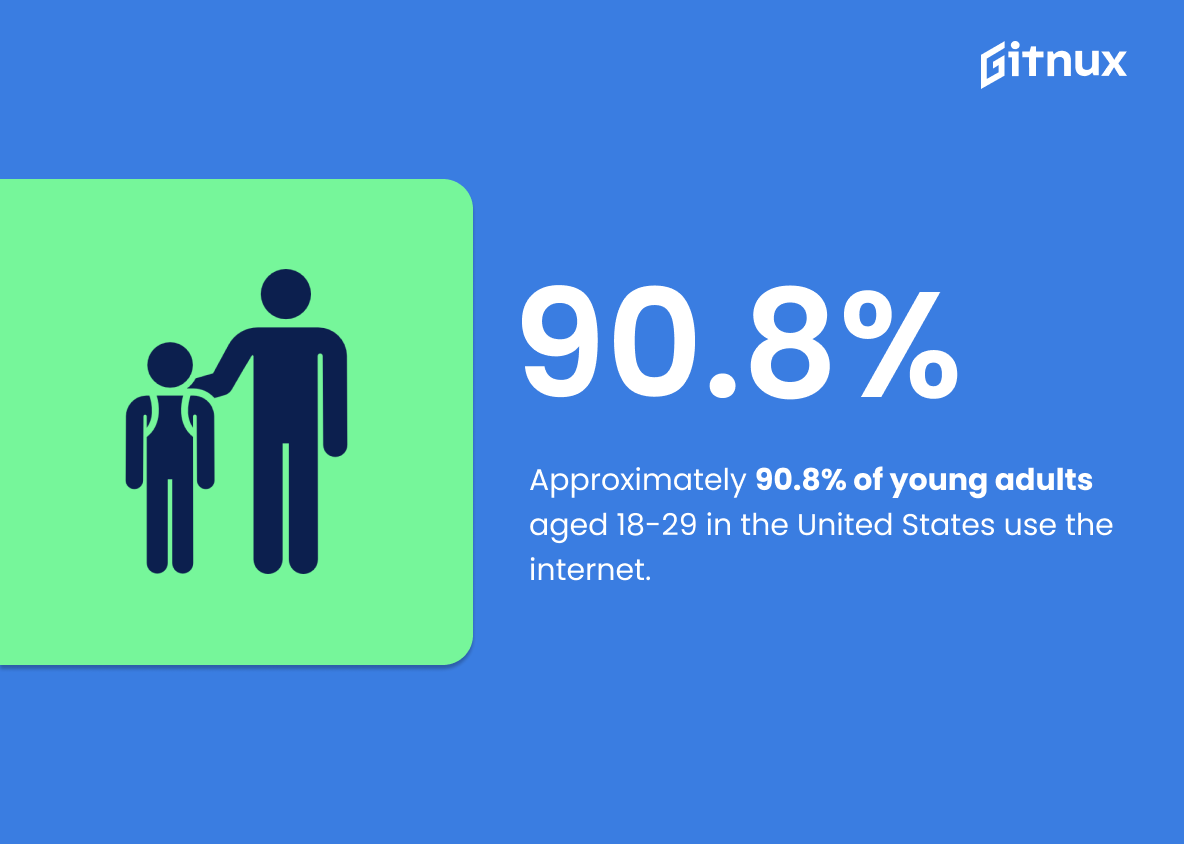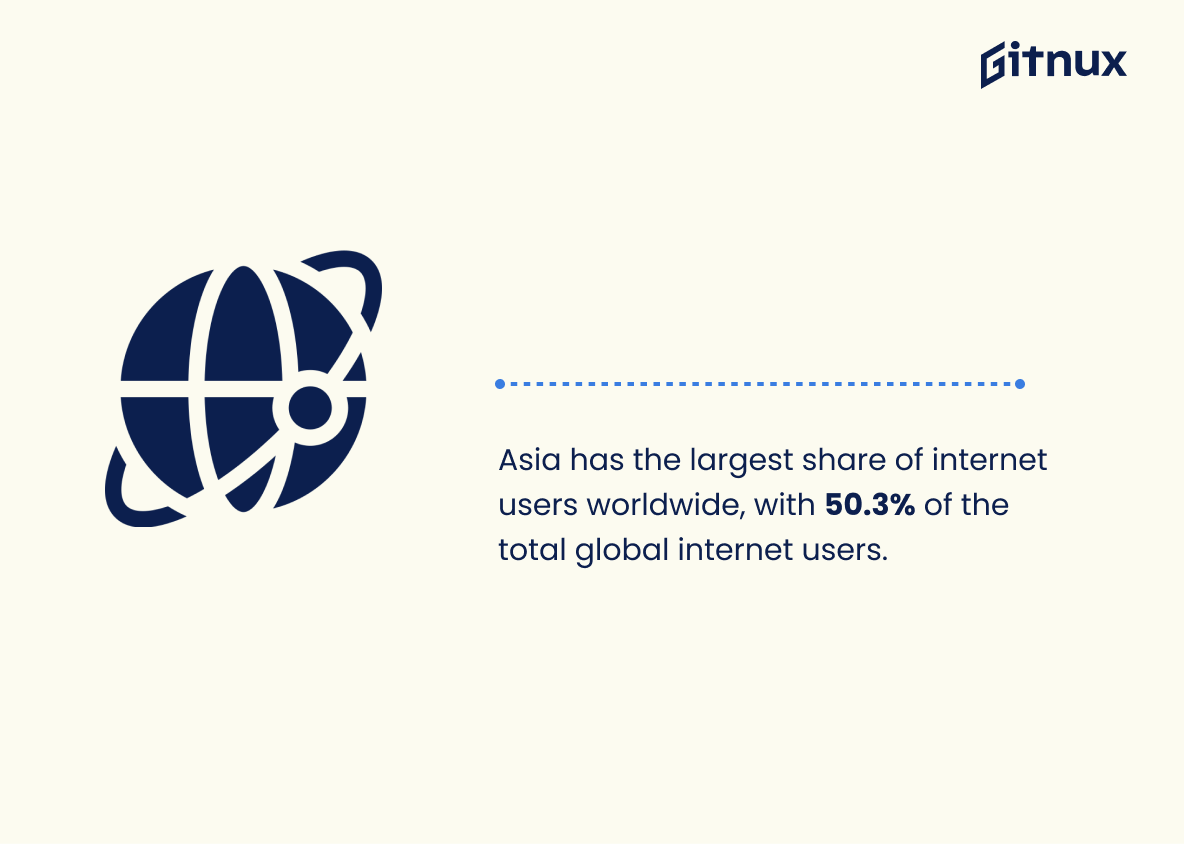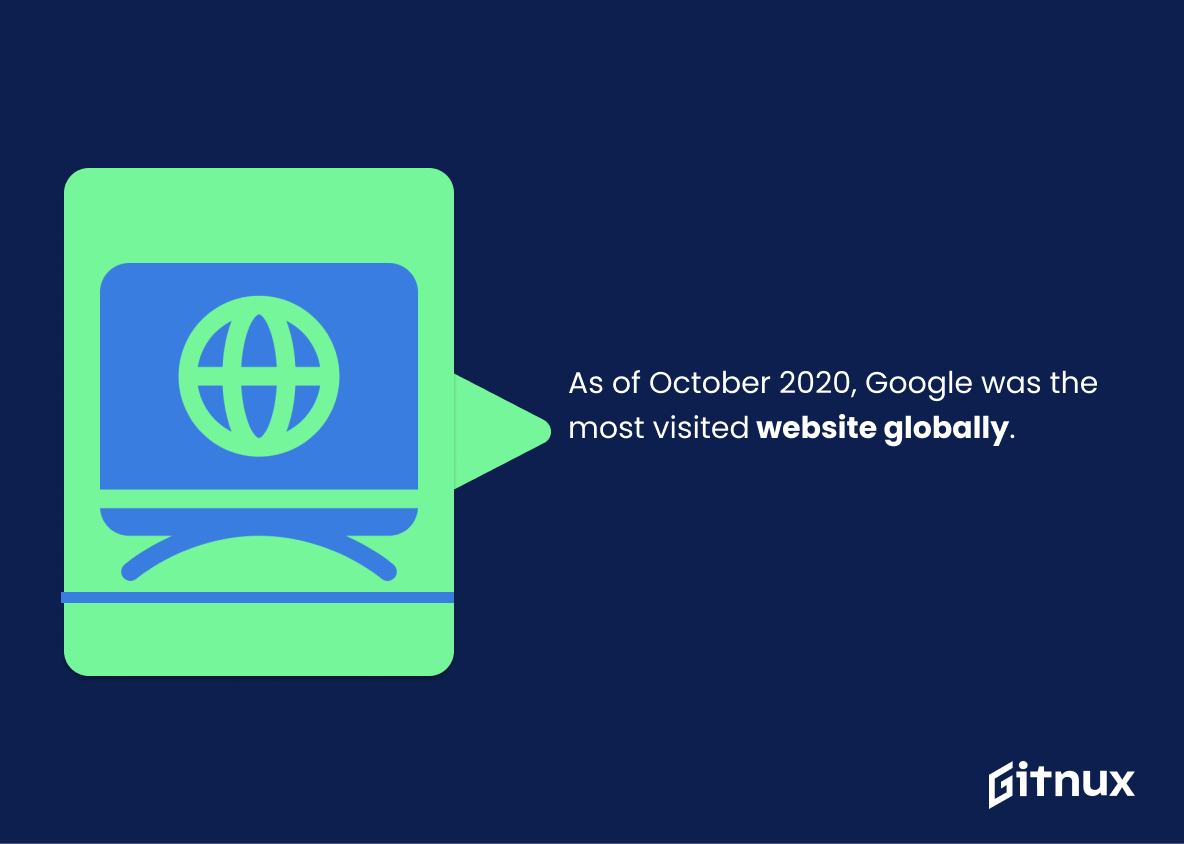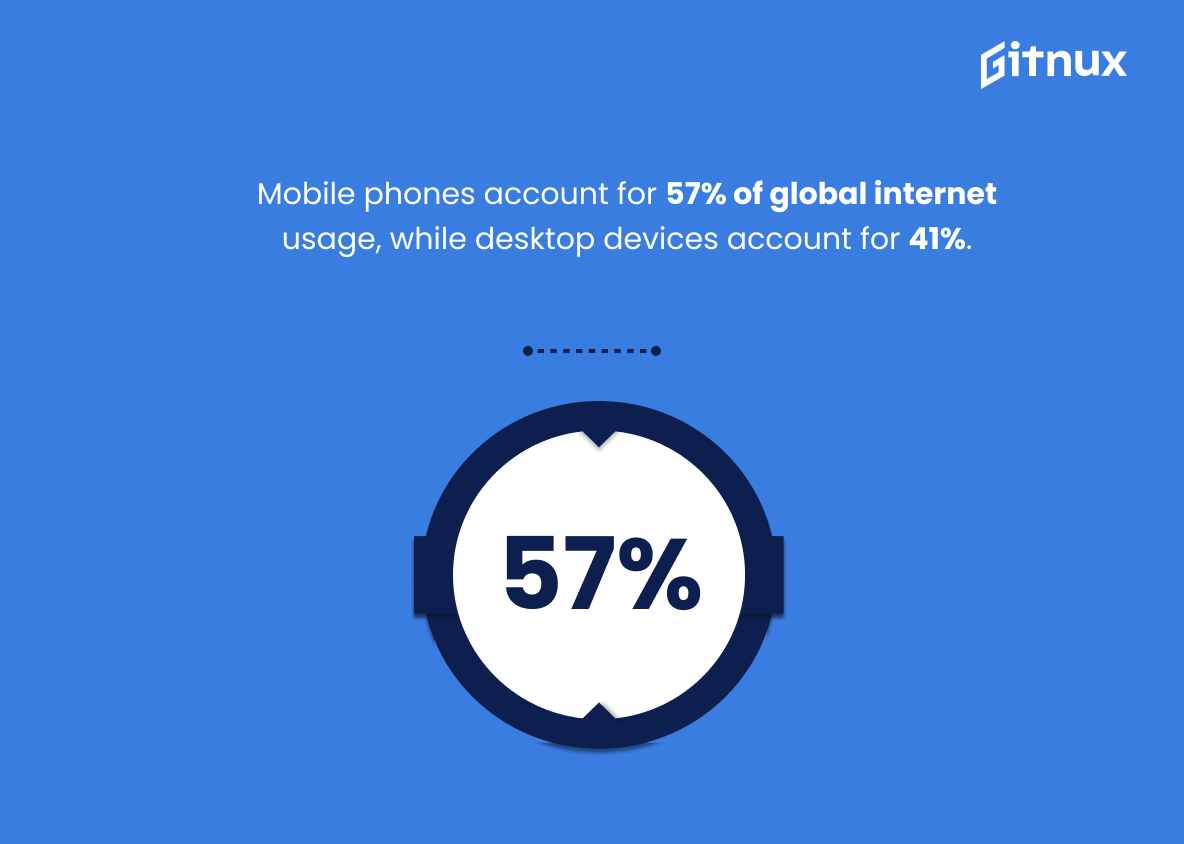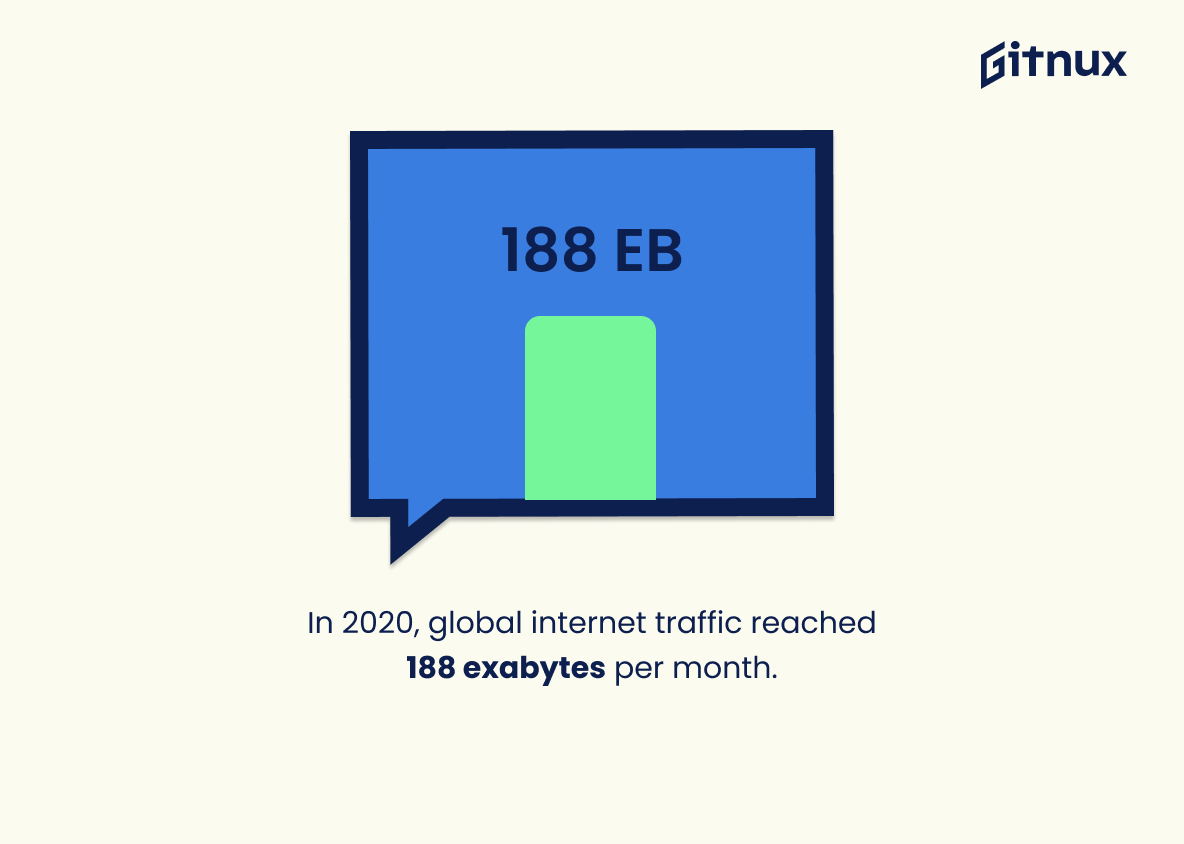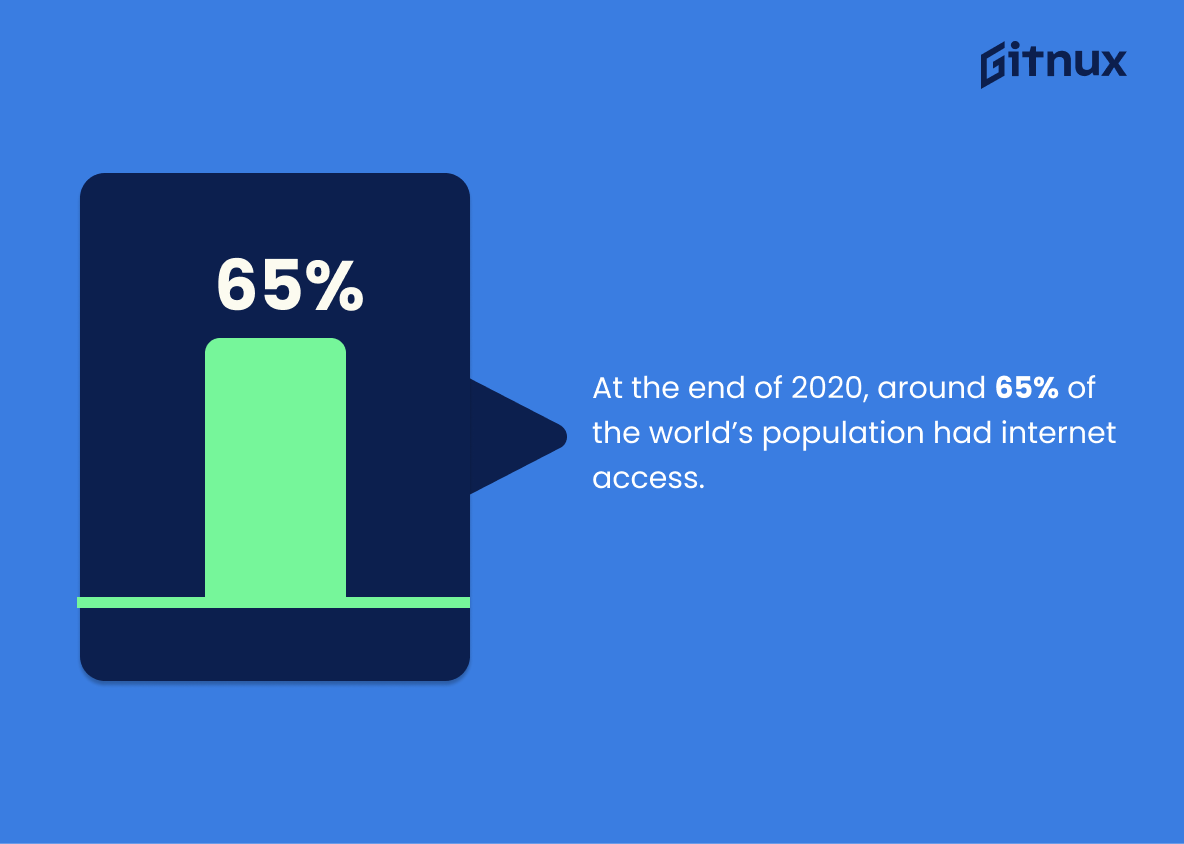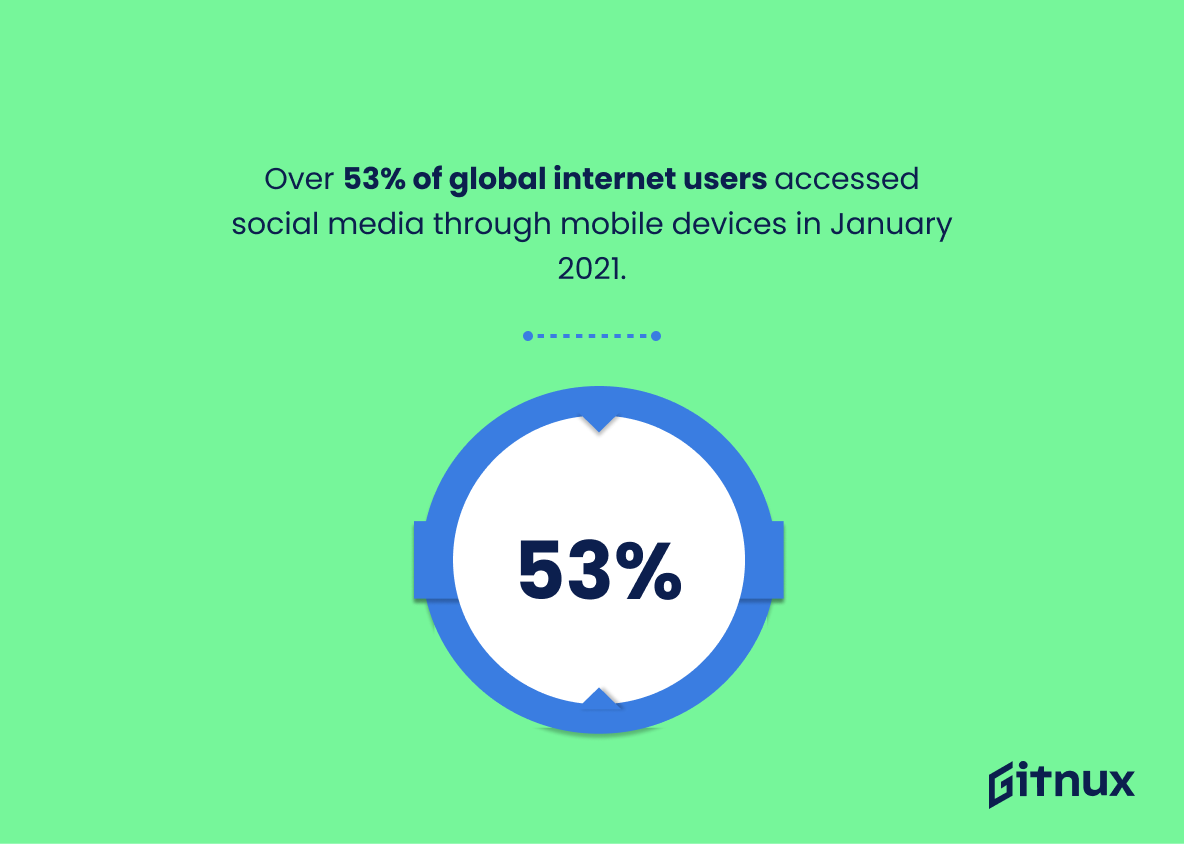The internet has become an integral part of our lives, and understanding how people use it is essential for businesses and organizations to stay ahead of the curve. In this blog post, we will explore the latest internet usage statistics and trends, and discuss how they can be used to inform decisions about digital marketing, website design, and more.
We will also look at how different countries and demographics are using the internet, and how this can be used to target specific audiences. So, let’s dive in and explore the world of internet usage statistics.
Internet Usage: The Most Important Statistics
Chrome is the most popular desktop browser, with a 67% market share.
Approximately 900,000 people go online for the first time every day, and there are now more than 5 billion active internet users worldwide.
Internet Usage: Statistics Overview
5.07 billion people around the world are on the internet as of 2023. And 2.71 billion of them use smartphones and 1.23 billion use tablets. Safari is the leading mobile browser in the US, with a 55.35% market share.
The majority of the world’s population is using the internet, and mobile devices are becoming increasingly popular. This information is important for businesses to understand in order to create effective marketing strategies and to ensure that their websites are optimized for mobile devices.
92.1% of internet users use mobile phones to browse the internet.
It highlights the increasing trend of mobile device usage for accessing the internet. It also shows that web developers need to ensure that their websites are optimized for mobile devices in order to ensure the best possible user experience. Furthermore, this statistic is important for businesses and marketers, as they can use it to guide their marketing strategy to ensure they are targeting the right audience.
It is expected that there will be 27.1 billion networked devices in 2023.
This information shows the rapid growth of the Internet of Things (IoT). As the number of networked devices increases, the potential for data collection, analysis, and communication also increases. This growth in connected devices means that businesses and individuals will have greater access to new technologies and services, such as artificial intelligence and machine learning, which can be used to improve their operations, products, and services. Additionally, this statistic reflects the increasing demand for more efficient, personalized, and secure ways to interact with the world around us.
Chrome is the most popular desktop browser with 67% market share, 87% of desktop browsers are running on Windows, and the most common browser resolution is 1920 × 1080 on mobile browsers.
It provides insight into the types of devices and browsers that are being used to access the internet. This information can be used to optimize websites and applications for the most popular platforms and resolutions.
In 2021, almost two-thirds of the global population were connected to the internet, with mobile internet accounting for 57% of total web traffic and e-commerce sales surpassing 4.2 billion USD in 2020.
This shows the increasing reliance on the internet for communication, entertainment, and shopping. It also highlights the growing importance of mobile devices for accessing the internet, as well as the increasing profitability of m-commerce.
Mobile phones now account for more than 55.7% of our online time and close to 60% of the world’s web traffic, and nearly 6 in 10 internet users aged 16 to 64 buy something online every week.
This statistic shows the importance of mobile phones in the digital world. It also shows that mobile phones are being used more and more for online activities, such as shopping and browsing the web. This is important for businesses to understand, as they need to ensure their websites and products are optimized for mobile use in order to reach the widest possible audience.
Approximately 900,000 people go online for the first time every day, and there are now more than 5 billion active internet users worldwide; 8.2% growth in internet users annually, 8x more than global population growth.
It highlights the rapid growth of internet users, especially since the pandemic hit. This growth is significant and has had a huge impact on how people communicate, work, and learn. It also shows that access to the internet is becoming more widespread, with 6 out of 10 people having access. This is important for understanding the impact of the internet on society and how it is changing the way people live.
The internet is a massive global network that consumes a tremendous amount of energy and data, with an average user spending over 6 hours online each day and 1.73 billion websites existing as of October 2019.
It highlights the sheer size and scope of the internet, and how much energy and data is being used to keep it operational. It also shows how much time people are spending online, which can be used to inform decisions about how to best use the internet.
Check out our latest Future of Internet Connectivity Statistics
Smartphone subscriptions worldwide have surpassed 6 billion and are expected to increase in the next few years, with China, India, and the United States having the highest number of users.
This statistic shows that the number of people with access to the internet is increasing. This means that more people are able to access the internet, which can lead to increased innovation, economic growth, and access to information.
85% of US adults own a smartphone and spend an average of 5 hours and 24 minutes on their device each day, checking it at least once every 10 minutes.
This demonstrates the extent to which Americans rely on their phones for communication, research, entertainment, and navigation, and how this reliance has grown over time.
Billions of people around the world use web browsers to access the internet, with security being a major factor in their choice of browser.
People are increasingly aware of the importance of security when using the internet. It also shows that browsers must continue to provide a secure product in order to retain their user base.
Supplementary Statistics
As of January 2021, there were 4.66 billion active internet users worldwide.
This speaks to the sheer ubiquity of the internet, and how it has become an integral part of our lives. It is a testament to the power of the internet and its ability to connect people from all over the world. This statistic is a reminder of the importance of understanding internet usage statistics, and how they can be used to inform decisions and strategies.
Approximately 90.8% of young adults aged 18-29 in the United States use the internet.
It demonstrates that the internet is an integral part of the lives of the majority of young adults, and is likely to be a major factor in their day-to-day activities. This statistic is essential to understanding the current state of internet usage in the US, and is a valuable piece of information for any blog post about internet usage statistics.
As of January 2021, China had the highest number of internet users, with approximately 854 million users.
With 854 million users, it is clear that the Chinese population is heavily invested in the internet and its many offerings. This statistic is especially relevant to a blog post about internet usage statistics, as it provides a snapshot of the current state of the internet and its users.
Asia has the largest share of internet users worldwide, with 50.3% of the total global internet users.
This highlights the fact that the majority of internet users are located in Asia, and that the region is a major driving force in the growth of the internet. This is an important point to consider when discussing internet usage statistics, as it provides a valuable insight into the current state of the internet and its potential for future growth.
As of October 2020, Google was the most visited website globally.
The search engine giant is the go-to source for information and services for millions of people around the world. It also highlights the importance of understanding internet usage statistics in order to better understand the digital landscape and how it is changing.
Mobile phones account for 57% of global internet usage, while desktop devices account for 41%.
Mobile phones are the primary device used to access the internet, with desktop devices lagging behind. This has significant implications for businesses, as they must ensure their websites are optimized for mobile devices in order to reach the majority of their potential customers.
Approximately 90% of households in developed countries have internet access.
The internet has become an integral part of everyday life for the majority of households in these countries, and is a key factor in understanding the current state of internet usage.
In 2020, global internet traffic reached 188 exabytes per month.
This statistic is a powerful reminder of the importance of the internet in our lives and the need to ensure that it remains accessible and secure for everyone.
In 2020, global e-commerce sales were $4.280 trillion.
The internet has become an integral part of our lives, with e-commerce sales reaching an unprecedented level of $4.280 trillion in 2020. This is a clear indication of how the internet has revolutionized the way we shop and conduct business.
At the end of 2020, around 65% of the world’s population had internet access.
This statistic is especially relevant to a blog post about internet usage statistics, as it provides a snapshot of the current state of internet access around the world.
Over 53% of global internet users accessed social media through mobile devices in January 2021.
It shows the fact that more and more people are relying on their phones and tablets to access social media, rather than traditional desktop computers. This shift in usage patterns has implications for businesses and marketers, as they must now consider how to best reach their target audiences through mobile-friendly platforms. As such, this statistic is an important piece of the puzzle when it comes to understanding the current state of internet usage.
YouTube, the largest video-sharing platform, has over 2 billion monthly active users.
This is a testament to the immense popularity of YouTube, highlighting its status as the largest video-sharing platform in the world. It is a powerful indicator of the sheer scale of internet usage, and serves as a reminder of the ever-growing importance of the internet in our lives.
In 2020, average daily internet usage of individuals around the world was 6 hours and 54 minutes.
This is especially relevant in the context of internet usage, as it provides a snapshot of how much time people are spending online.
Global internet penetration stood at 59.5% in October 2020.
It reveals that more than half of the world’s population has access to the internet, which is a remarkable achievement. This statistic is important for understanding the impact of the internet on our lives and how it has become an integral part of our daily lives. It also provides insight into the potential for further growth in internet usage, which could have a significant impact on the global economy.
In 2019, 76% of the global internet population was watching online videos daily.
The majority of internet users are taking advantage of the convenience and entertainment that online videos offer. This is an important statistic to consider when discussing internet usage, as it highlights the growing trend of people turning to the internet for their entertainment needs.
Over 4.55 billion people worldwide accessed the internet via mobile devices in 2021.
It is a clear indication of how the internet has become an integral part of our lives, with more and more people relying on it for communication, entertainment, and even work. This statistic is a powerful reminder of the importance of the internet in our lives and how it has changed the way we interact with the world.
The global average page load time on mobile devices is 22 seconds, as of 2021.
Despite the advances in technology, the average page load time on mobile devices is still relatively slow. This is an important factor to consider when discussing internet usage statistics, as it can have a significant impact on user experience and engagement.
Conclusion
In conclusion, Internet usage statistics show that the world is becoming increasingly connected. With more people having access to the Internet, the potential for growth and innovation is immense. As the Internet continues to evolve, it is important to stay informed about the latest trends and developments in order to make the most of the opportunities available.
By understanding the current Internet usage statistics, businesses, and individuals can make informed decisions about how to best utilize the Internet for their own benefit.
References
1 – https://www.statista.com/topics/1145/internet-usage-worldwide/#topicOverview
2 – https://review42.com/resources/browser-usage-statistics/
3 – https://dataprot.net/statistics/browser-statistics/
4 – https://datareportal.com/global-digital-overview
5 – https://dataprot.net/statistics/internet-statistics/
6 – https://www.demandsage.com/internet-user-statistics/
7 – https://dataprot.net/statistics/internet-usage-statistics/
8 – https://www.statista.com/statistics/330695/number-of-smartphone-users-worldwide/
9 – https://www.zippia.com/advice/smartphone-usage-statistics/#:~:text=85%25%20of%20U.S.%20adults%20own,smartphone%20users%20across%20the%20world.
10 – https://www.statista.com/topics/5684/web-browsers/#topicOverview
11 – https://www.alexa.com
12 – https://datareportal.com
13 – https://www.digitalinformationworld.com
14 – https://gs.statcounter.com
15 – https://www.globalwebindex.com
16 – https://www.thinkwithgoogle.com
17 – https://www.statista.com
18 – https://www.cisco.com
19 – https://www.youtube.com
20 – https://www.itu.int
21 – https://www.internetworldstats.com


